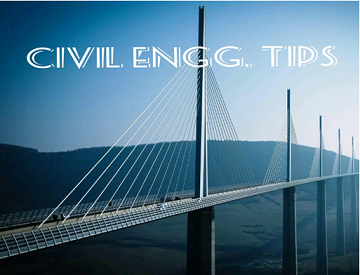The
following are the major causes of instrumental error:
- Non-adjustment of Plate Bubble: The axis of the plate bubble may not be perpendicular to the vertical axis. So, when the plate levels are centered, the vertical axis may not be truly vertical. In such a case, the horizontal circle would be inclined and the angles will be measured in an inclined plane. This would cause an error in the angle measured. This error may be eliminated by levelling the instrument with reference to the altitude bubble also.
- Line of Collimation not being Perpendicular to Horizontal Axis: In this case, a cone is formed when the telescope is revolved in the vertical plane, and this causes an error in the observation, This error is eliminated by reading the angle from both faces (left and right), and taking the average of the readings.
- Horizontal Axis not being Perpendicular to Vertical Axis: If the horizontal axis is not perpendicular to the vertical axis, there is an angular error. This is eliminated by reading the angle from both faces,
- Line of Collimation not being parallel to Axis of Telescope: If the line of collimation is not parallel to the axis of the telescope, there is an error in the observed vertical angle. This error is eliminated by taking reading from both faces.
- Eccentricity of Inner and Outer Axes: This condition causes an error in vernier readings. This error is eliminated by taking readings from both verniers and considering the average of the readings.
- Graduations not being Uniform: The error due to this condition is eliminated by measuring the angles several times on different parts of the circle.
- Verniers being Eccentric: The zeroes of the verniers should be diametrically opposite to each other. When vernier 4 is set at 0°, vernier B should be at 180". But in some cases, this condition may not exist.This error is eliminated by reading both verniers and taking the average.
B.
Personal Errors
- The centering may not be done perfectly, due to carelessness.
- The levelling may not be done carefully according to usual procedure.
- If the clamp screws are not properly fixed, the instrument may slip.
- The proper tangent screw may not be operated by mistake.
- The focussing in order to avoid parallax may not be perfectly done.
- The object or ranging rod may not be bisected accurately.
- The verniers may not be set in proper place.
- Errors would also result if the verniers are not read because of oversight.
C.
Natural Errors
- High temperature causes error due to irregular refraction.
- High winds cause vibration in the instrument, and this may lead to wrong readings on the verniers.









